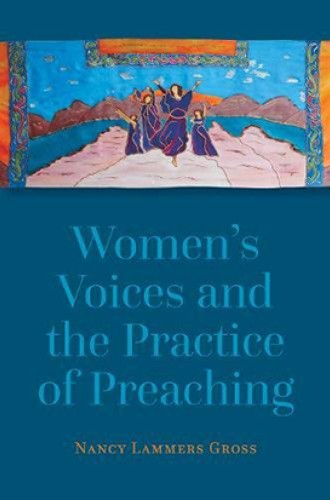How a woman sounds in the pulpit
Preaching is an embodied act. Do women perform it differently from men?
Books on preaching rarely pay attention to preaching as an aural event—something more like poetry than nonfiction, a live and embodied art that (like drama) is only fully realized in performance. Nancy Lammers Gross, a specialist in speech communication, makes a valuable contribution by venturing into this infrequently explored terrain.
Gross’s analysis is based on more than 20 years of experience as a preaching professor, first at Palmer Theological Seminary (formerly Eastern Baptist Theological Seminary) and currently at Princeton Theological Seminary. She describes her expertise for the project as “an eclectic combination of skills, training, experience, and knowledge about the body and how it produces sound, pastoral awareness of women’s issues with their bodies, and theological conviction about the gifts women bring to ministry.”
The book focuses on the speaking voice of female preachers, with glancing reference to the metaphorical use of voice as “a woman’s perspective as expressed in a sermon” or “the entitlement to speak.” The two are often related, as Gross acknowledges: “Women who struggle to use their speaking voices in the pulpit usually do not feel they have permission to speak.” She illustrates this problem through a variety of voices, including three narratives by women preachers, two composites, and her own autobiographical story.






